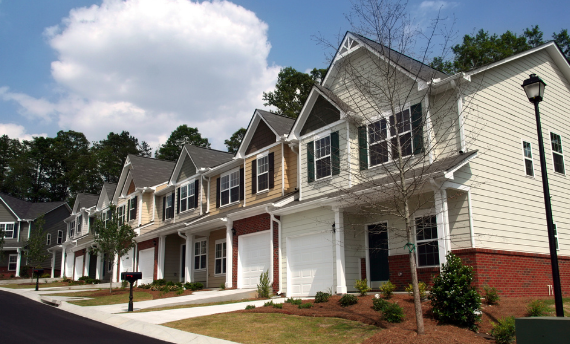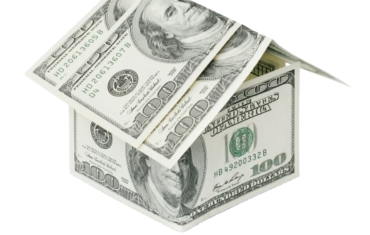Normally, November and December are considered the best months for homebuying deals, but 2020 has been anything but normal. Families usually take time off for the holidays and homebuyers skip open houses during the cold weather, so it’s typically a great time to make a deal with little worry of a competing bid. Last week, Redfin data showed that while bidding wars subsided over the holiday season, the competition was still stronger than what was reported back in April.
Home prices leaped 13.1% in December compared to last year and home sales increased by 16.2% on a seasonally-adjusted basis. Paired with a 40% tumble of housing on the market in December 2020 compared to December 2019, competition is on fire.
First-time homebuyers are especially feeling the heat.
The pandemic is driving up the number of “million-dollar cities.” What’s causing it, what does that mean for housing affordability, and is there any relief in sight for struggling homebuyers?
Where will the hottest housing markets be in 2021?
Cities with an average home value of a cool one million spiked in 2020. Nearly 50 cities were added to the “million-dollar city” list during 2020, resulting in a total of 312. Most of them are in areas you would expect like San Francisco, New York, Seattle, and Los Angeles, with 70% clustered around coastal regions. Some newcomers include Potomac, Maryland, Long Beach Township and Allenhurst in New Jersey, and Westhampton and the Town of Shelter Island in New York.
Remote workers in these areas are realizing that they can stretch their dollar a lot further in other states, especially the south. For the right price, they’re willing to make a big move.
Sun belt metro areas like Austin, Tampa, Phoenix, and Nashville are expected to outperform the nation’s housing growth in 2021 according to a panel of economists and real estate experts. Denver also made their list.
Nashville, Atlanta, and Austin metros are mainstays of the top 10 list of the most popular buying destinations for Redfin.com users looking to move. Over the course of 2020, people looking to move to each of these cities increased by more than 40%.
📺 Get more real estate news. Watch the 90 Second Real Estate Rundown.
Locals vs. Out-of-Towners
While many locals may scoff at the claim that the latest list prices are affordable, compared to what homebuyers face in larger coastal cities, home values in these areas are exceptional and expected to grow.
An analysis by Redfin.com users’ maximum budgets in their saved searches showed that those looking to move were willing to pay up to 48% higher than a local in Nashville. That comes to an average budget of $719,500 for an out-of-towner versus $485,500 for a local homebuyer.
Out-of-towners also had their eyes on Atlanta and Austin, setting their budgets roughly 33% and 32% higher than their local competition respectively. In all, out-of-towners had higher budgets than locals in all but three of the 34 cities studied in the analysis.
In Nashville and Austin, the majority of migrants are coming from Los Angeles, New York, and Chicago. The only place where locals had a higher budget was the Bay Area (San Francisco, San Jose, and Fremont, California).
As people look to move out of million-dollar cities, affordability in their new hometowns is shrinking for many locals.
Will Housing Become Affordable?
The incoming Biden administration has made the pledge to invest major money ($640 billion) over the span of a decade to increase housing that is “affordable, stable, safe and healthy, accessible, energy-efficient and resilient, and located near good schools and with a reasonable commute to the jobs.” He’s likely to pursue the following to keep his promise:
- $15,000 instant first-time homebuyer credit (that essentially can be used for down payment assistance).
- Encouraging big banks to get back into FHA lending.
- Strategies to mitigate foreclosures and evictions.
- Incentivizing home builders and new construction of single and multi-family homes.
- Bolstering the Community Reinvestment Act, which is intended to help low and moderate-income families.
Despite all the good intentions, the fact remains that housing completions haven’t been able to keep up with housing demand for years. Every year since the recovery of the housing market crash in 2008, the gap has only widened and income for most has not kept up with the increasing costs of housing (especially for renters). There simply aren’t enough homes to house everyone in the United States, and the chances of homeownership are slim for cost-burdened renters.
US homebuilder confidence slipped in January as COVID-19 infections surged along with building material costs, but permitting and housing starts have been going up. In December, there was a seasonally adjusted rate of 1.67 million, a 5.8% increase from the previous month according to reports from the Census Bureau.










